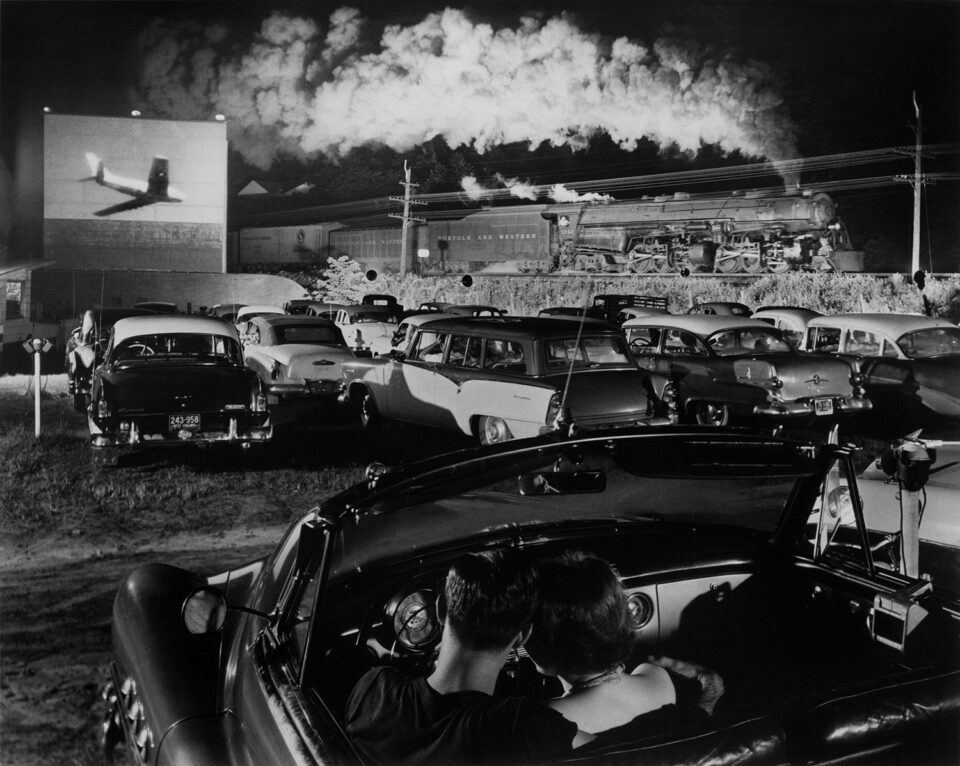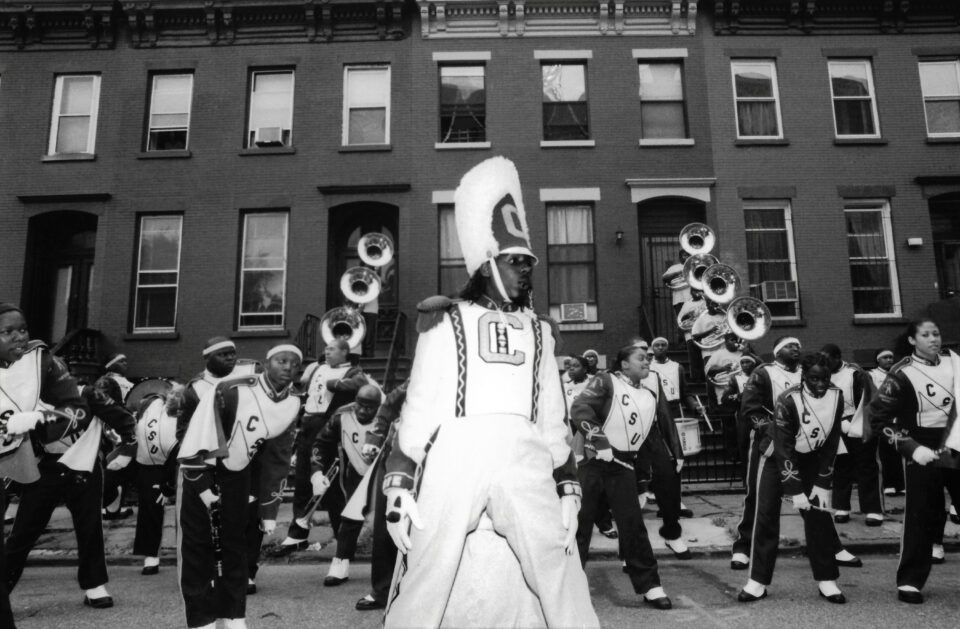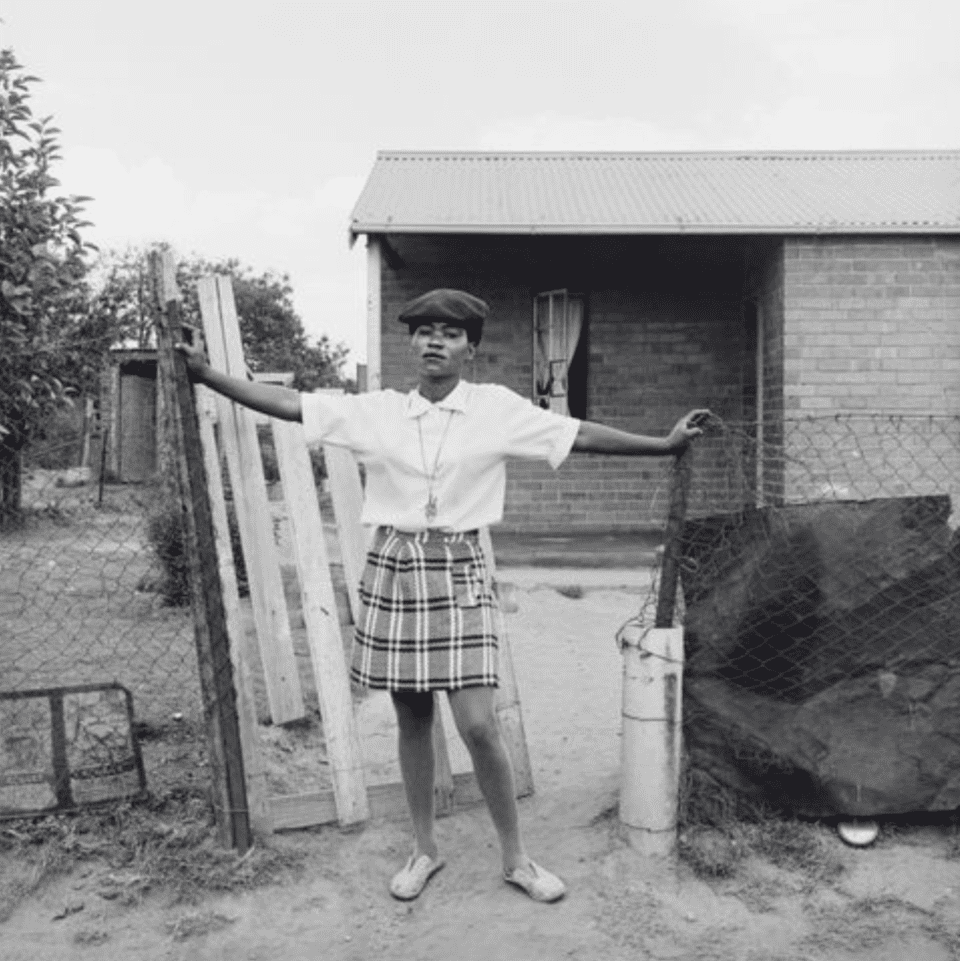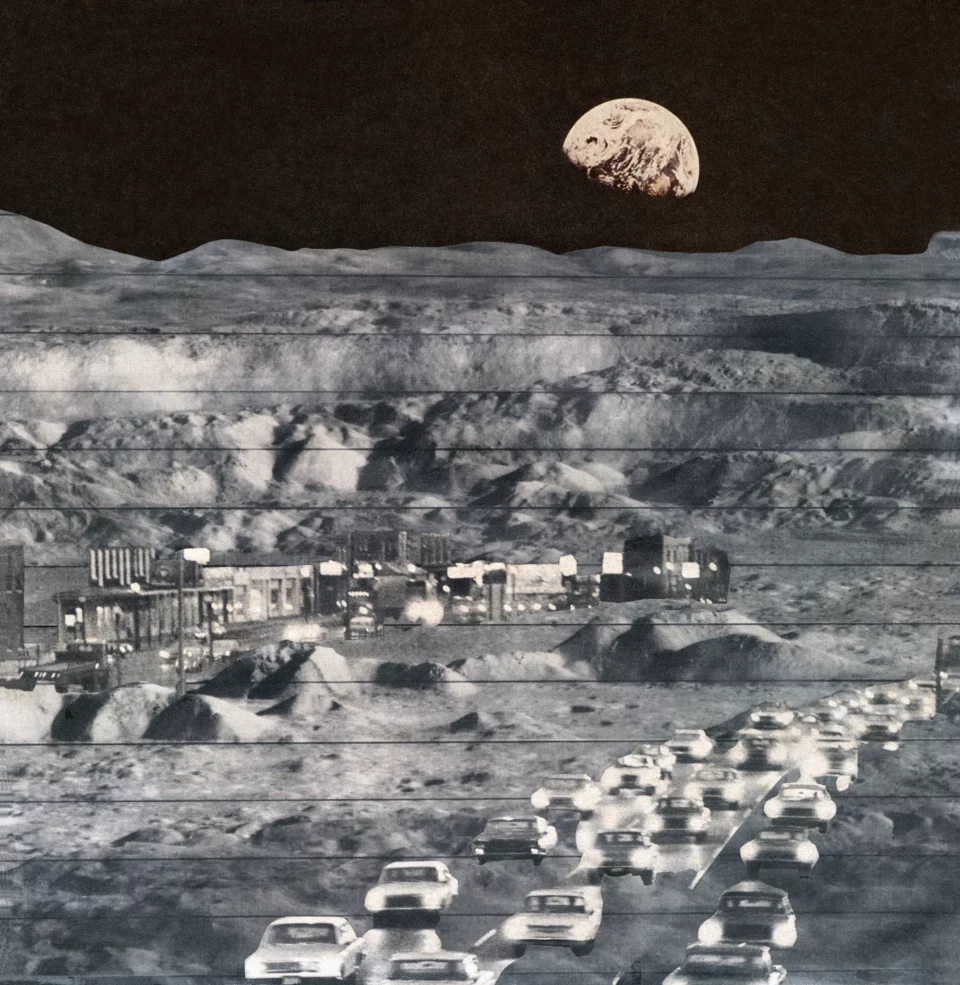David Goldblatt. Dorothea Lange. O. Winston Link. These names are some of the biggest in the history of photography, synonymous with an approach that used the lens to shine light on society’s problems. Goldblatt addressed the brutal realities of life under Apartheid; Lange’s tender portraits reveal the characters most bitterly affected by the Great Depression; whilst Link documented America in the midst of rapid modernisation. This spring, their remarkable works are presented at galleries across the USA, including Yale University Art Gallery and Nevada Museum of Art. They are joined on this list by artists still creating today, carrying on the important legacy of the camera as a powerful tool to reflect society as it really is. Martha Rosler’s decades-long practice challenge the mass media’s monopoly over “truth”, whilst Jamel Shabazz documents life in New York. These five shows are must-see this spring.

Robert Mann Gallery, New York | Until 28 March
In 1916, the American railroad reached its peak. The country had more than 250,000 miles of track in service, all of which was used by steam trains. But the emergence of diesel engines in the 1930s saw a gradual move away from these more traditional forms of transport, and by the 1950s they had all but disappeared. Today, a journey on a steam train is only possible as a historic tourist attraction, rather than for any practical purpose. O. Winston Link (1914-2001) is renowned for artistic shots that celebrate the now obsolete steam-powered locomotive. Hot Shot presents a selection of classic images produced by the artist in the 1950s. Link spent five years documenting the trains and towns along the Norfolk & Western Railway line in Virginia, capturing the authentic journey before the company made the switch to diesel. The pictures are quintessentially O. Winston Link, known for a cinematic mise-en-scene and staged shots that paved the way for luminaries like Gregory Crewdson and Jeff Wall.

Seconds of My Life: Photographs from 1975-2025
Bronx Documentary Center, New York | Until 20 April
Brooklyn-based artist Jamel Shabazz (b. 1960) first picked up a camera when he was in school. The artist reflects: “I embarked on my photographic journey 50 years ago as a curious 15-year-old kid coming out of Brooklyn, using my mother’s Kodak Instamatic 126 camera. My primary subjects during that time were my junior high school classmates.” Since then, Shabazz has gone on to create work that is diverse in genre – fashion, street and documentary are all part of his oeuvre – but united in their ability to lovingly portray the people and places of New York. The city’s iconic locations and backdrops add a distinct sense of place to his portraits. In one image, three smiling women sit crossed-legged on the recognisable subway entrance turnstiles. In another, a group of young men gather on the platform, posing underneath a sign for “Downtown & Brooklyn.” The influence of pioneering practitioners, like James van der Zee and Gordon Parks, is echoed in Shabazz’s joyful portraits of Black New Yorkers.

David Goldblatt: No Ulterior Motive
Yale University Art Gallery, New Haven | Until 22 June
David Goldblatt (1930-2018) chronicled the structures, people and landscapes of South Africa for decades. His powerful imagery depicted life during Apartheid, a system of racial segregation that existed in the country until 1994. No Ulterior Motive includes more than 150 works from the 1950s to the 2010s. Together, the images tell a compelling story of a country in the midst of rapid political and social transformation, and a photographer who unflinchingly documented the reality of these changes. The exhibition places his iconic shots alongside those of his peers, such as Ernest Cole, Santu Mofokeng and Jo Ractliffe, all of whom turned the lens upon South African society with compassion and condemnation in equal measure. Also on display is the photography of younger South Africans, many of whom Goldblatt mentored, such as Lebohang Kganye and Zanele Muholi. Here, Goldblatt’s photographic legacy is writ large. The ambitious project honours a life and career that not only shone a light on the realities of Apartheid, but also inspired the next generation to make art that speaks truth to power.

Martha Rosler: Truth is/is not
Galerie Lelong, New York | 10 April – 10 May
Martha Rosler (b. 1943) examines how ideas are made and disseminated by the mass media, reinforced by constant repetition. It is a concept that she has explored since the 1960s. Truth is/is not, Galerie Lelong’s first exhibition with the artist, is a summation of years spent challenging mainstream perspectives on issues like economics, warfare and the role of women. Featured series House Beautiful: Bringing the War Home, New Series (2003, 2004, 2008) combines journalistic images of war with high-gloss magazine advertisements. The photomontages challenge the belief that middle-class American homes are safely insulated from wars abroad, instead implying that they are inescapably intertwined. Also on display are photographs taken by the artist during demonstrations in New York City between 2012 and 2025. The collection lends weight to individual and community driven efforts to resist the stories told by those in power. Given today’s “post-truth” world, where misinformation has seeped into the news, social media and political discourse, Rosler is more relevant than ever.

Nevada Museum of Art, Reno | 12 April – 15 February
Dorothea Lange’s Migrant Mother (1936) is one of the most famous pictures in American history. It was taken whilst Lange was employed by the US government’s Farm Security Administration (FSA) program, formed during the Great Depression to raise awareness of, and provide aid to, impoverished farmers. It depicts Florence Owens Thompson and her children, who lived in a camp for field labourers after the failure of their pea crops. Years later, Lange recalled the experience: “I saw and approached the hungry and desperate mother, as if drawn by a magnet. I do not remember how I explained my presence or my camera to her, but I do remember she asked me no questions.” Seeing People presents 100 works created during Lange’s career, revealing her innovative approach to portraiture. The show highlights the artist’s unique ability to reveal the character and resilience of those she photographed, drawing much-needed attention to economic disparity, migration, poverty and racism.
Words: Emma Jacob
Image credits:
O. WINSTON LINK, NW1103 Hotshot Eastbound, Iaeger, West Virginia, 1956. Silver print 16 x 20 inches.
Jamel Shabazz, A great day in Brooklyn. 2008.
David Goldblatt, Miriam Diale, 5357 Orlando East, Soweto, 18 October 1972, 1972, printed later. Carbon ink print. Yale University Art Gallery, Purchased with a gift from Jane P. Watkins, M.P.H. 1979; with the Leonard C. Hanna, Jr., Class of 1913, Fund; and with support from the Beinecke Rare Book and Manuscript Library. © The David Goldblatt Legacy Trust.
Frontier, from the series House Beautiful: The Colonies, c. 1969-72. Photomontage, (GP3000).
Dorothea Lange, Near Coolidge, Arizona. Migratory cotton picker with his cotton sack slung over his shoulder rests at the scales before returning to work in the field, November 1940, printed c. 1965, Gelatin silver print, Image/sheet: 31.5 × 41 cm (12 3/8 × 16 1/8 in.). National Gallery of Art, Washington, Gift of Daniel Greenberg and Susan Steinhauser 2016.191.89.




